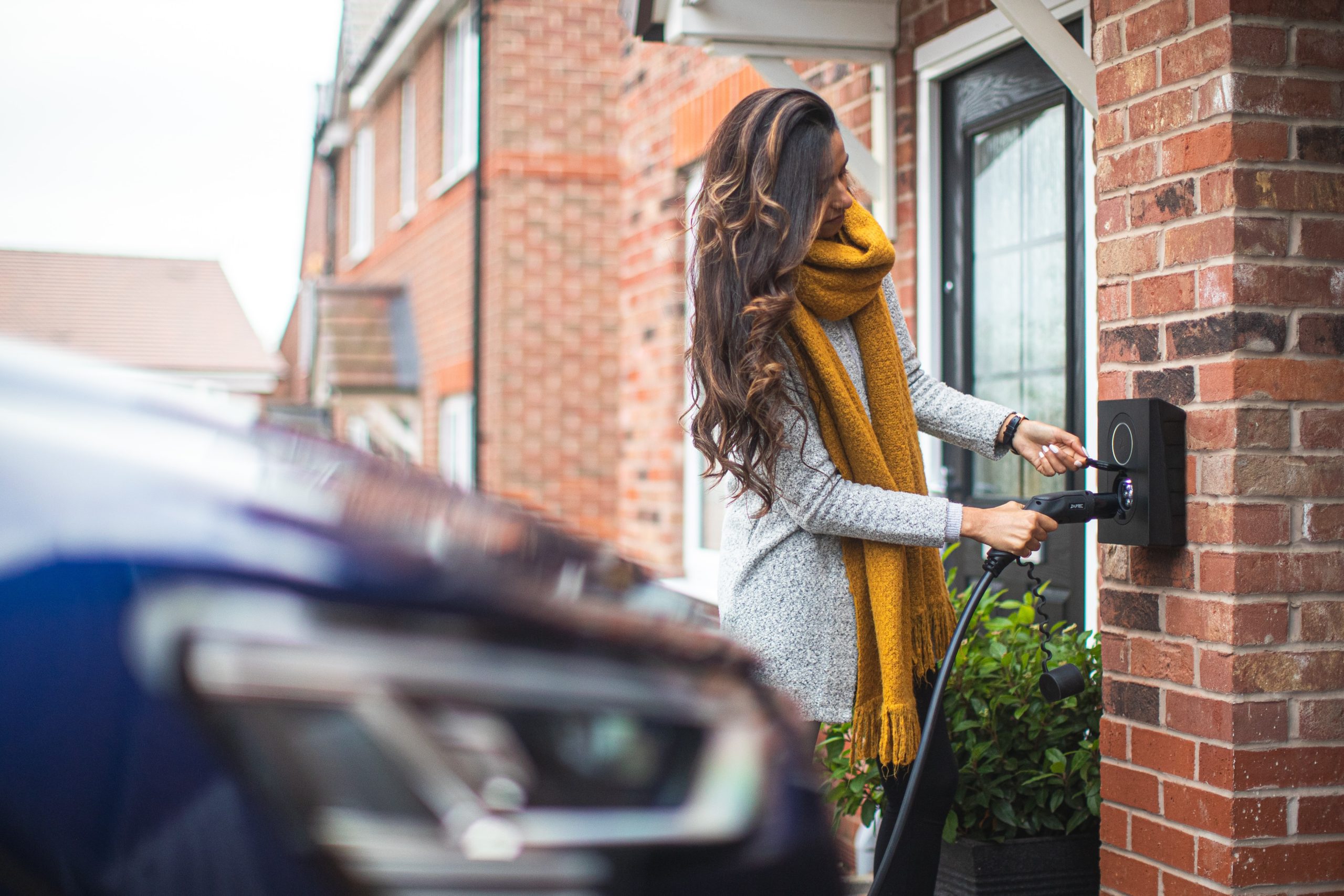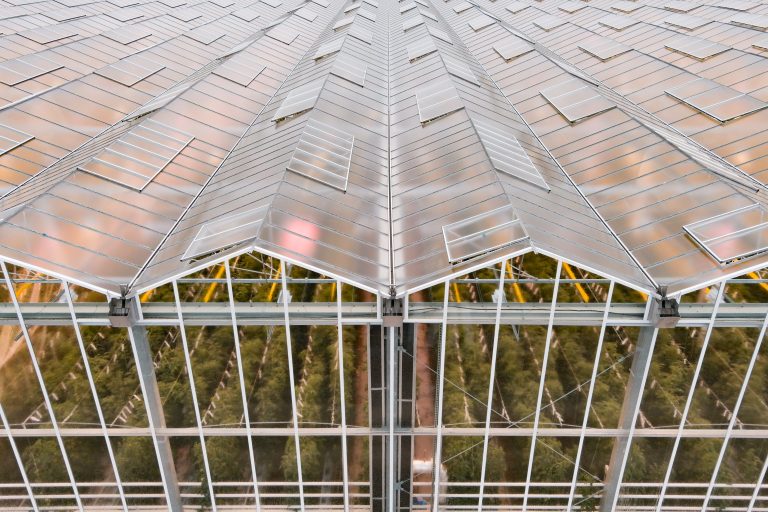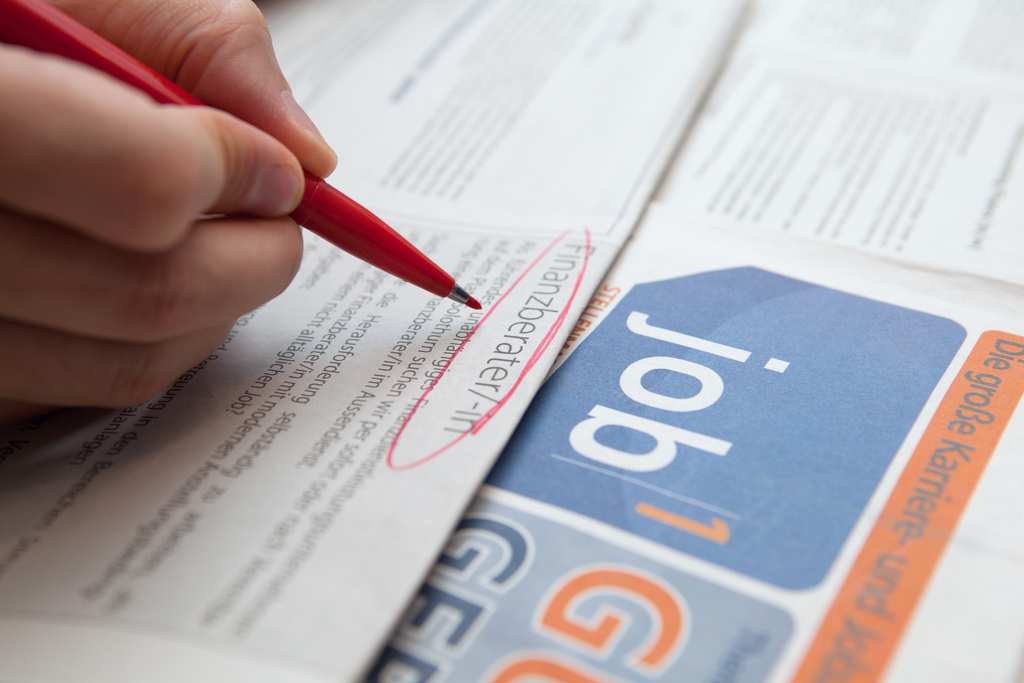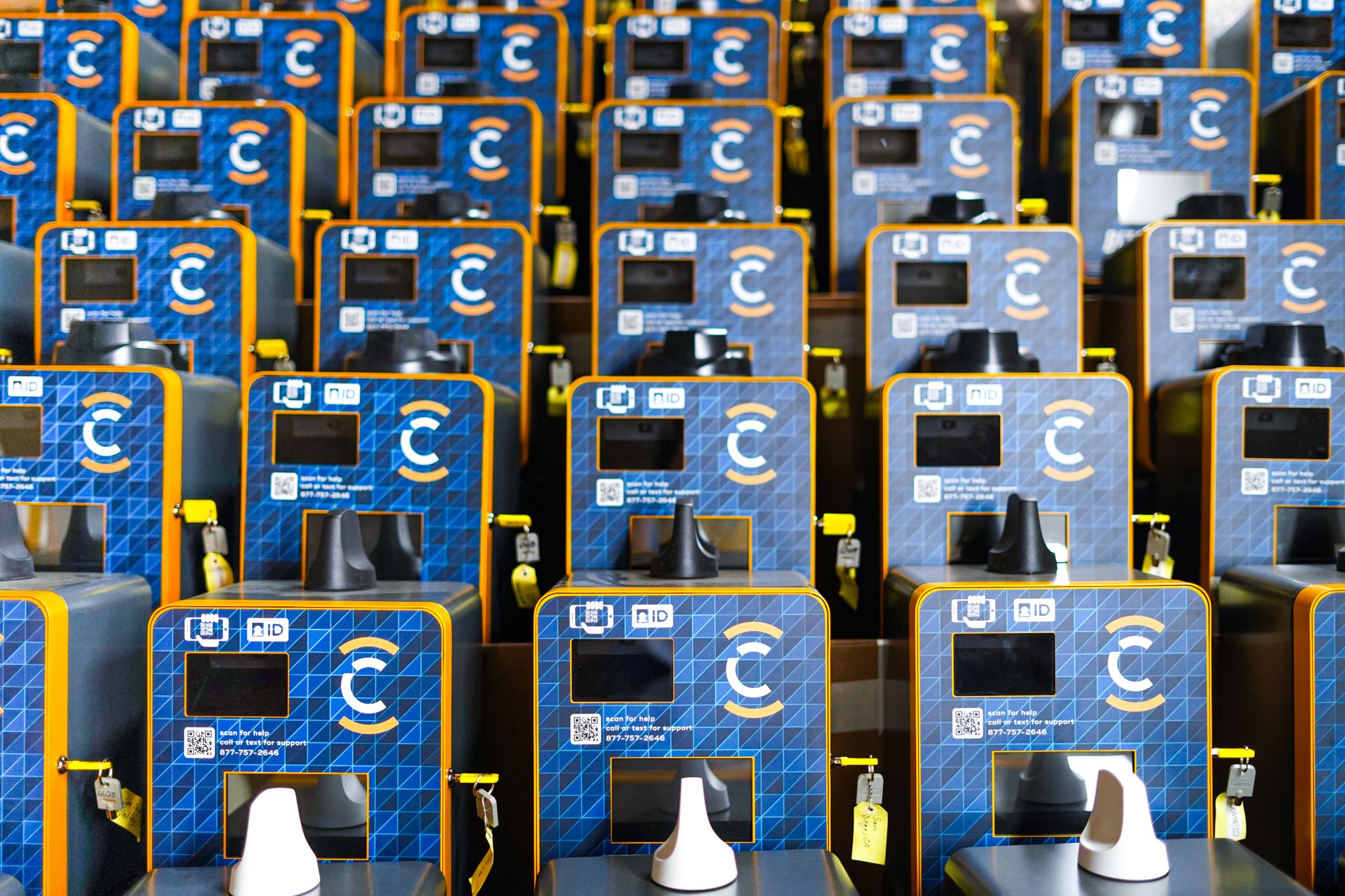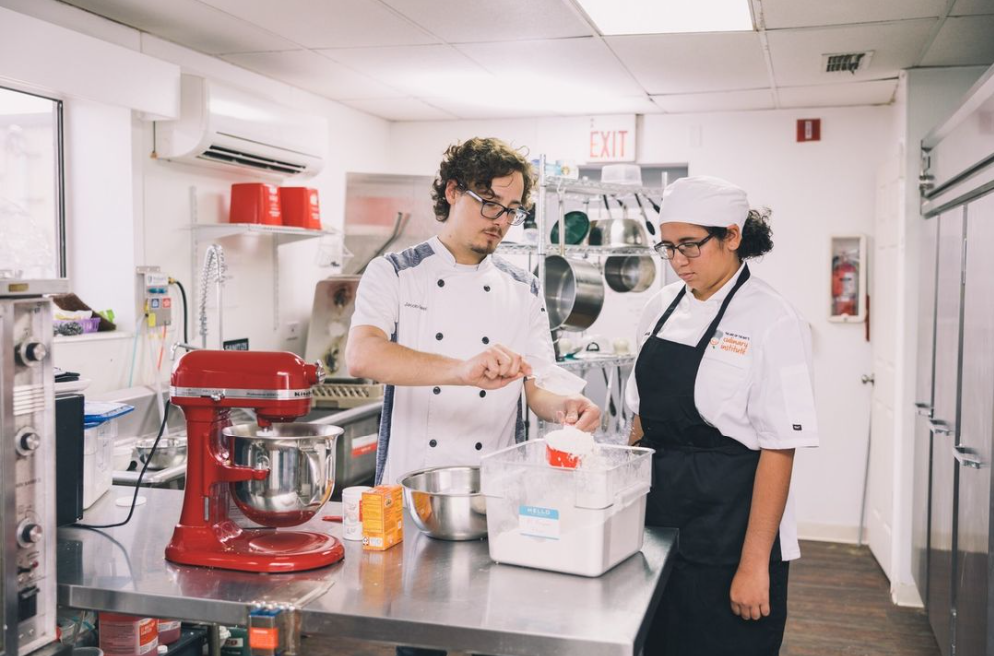One of the most accessible places for anyone to begin their journey to a more sustainable lifestyle is your own home. You can make an amazing difference simply by making your home more energy and water efficient. Plus, an environmentally sustainable home saves you money! But it can be hard to know where to even start. Luckily, the team at Climate First Bank has come up with a comprehensive list of where to start with these changes.
Heating & Air Conditioning
Heating & air conditioning as a combined category accounts for 51% of total energy usage in an average U.S. home–the most of any category. It’s also the greatest opportunity for energy conservation. Replacing old air conditioning or heating systems with a high-efficiency heat pump can keep you comfortable but use much less electricity or fuel. Click here to see which heat pump systems qualify for the federal Energy Star tax credit.
Dual-Paned Windows
The insulated glass and low emissivity (low-e) technology featured in dual pane windows minimizes heat gain and heat loss within your home. Energy Star studies show that replacing single pane windows with double pane can save between 21%–31% of heating and cooling costs. Using window treatments, such as curtains and blinds, keeps the sun’s rays outside, thus indoor air gets much less heated up. Click here to see if you qualify for a free government window replacement grant.
Insulation
There are several types of wall and attic insulation that can be added post construction. Most homes already come with some sort of fiberglass insulation in the walls and attic or maybe blown-in insulation in the attic. However, other more effective and more environmentally responsible forms of insulation exist, such as cellulose insulation. It’s made of 80%–85% recycled newsprint that is treated to make it fire and bug resistant. Denim insulation is just what it sounds like–recycled jeans. Therma cork is made from the outer bark of oak trees and has a negative carbon footprint. It’s renewable, biodegradable, free of toxins, and it cancels noise. Icynene insulation is a spray foam made out of castor oil that expands to 100 times its original size. It’s one of the strongest home insulation alternatives dropping your energy bills by 30%–50%, and it also cancels noise.
Water
Per the Drawdown.org website, hot water is responsible for a quarter of residential energy use worldwide! One of the easiest ways to reduce hot water consumption is using the cold cycle only on your washing machine.
Reduce Everyday Water Consumption
The average Florida resident uses 87 gallons of water per day in and around their home. Using low-flow showerheads and faucets can reduce that average daily total–use them in your kitchen, bath, or any other source of water in your home.
The greatest opportunity to conserve water is by fixing leaks. Per the Environmental Protection Agency, an average household’s leaks can account for 10,000 gallons of wasted water per year. Ten percent of homes have leaks that waste 90 gallons a day or 32,850 gallons in a year!
Gray Water System
As defined in Chapter 381 of the Florida Statutes, gray water includes water from baths, showers, clothes washers, laundry trays, and sinks, but does not include wastewater from kitchen sinks (Florida Statutes 2008). According to a University of Florida website article titled, “Gray Water Use in Florida,” gray water accounts for approximately 50%–60% of household water use. Gray water systems collect such water so it can be reclaimed and reused. The state of Florida only permits such gray water to be used for toilets and urinals. Still, gray water systems can save the average household from wasting over 12,647 gallons of drinking water per year!
Landscaping–Go Native
Florida has a more serious water shortage than you can imagine. According to the National Resources Defenses Council (NRDC), lawns consume nearly 3 trillion gallons of water a year, 200 million gallons of gas (for all that mowing), and 70 million pounds of pesticides. Instead, landscape with natural and native species that don’t require so many resources. You can even set up barrels or containers to collect rainwater at each downspout from your roof. The water collected then can be used for irrigation.
Lighting
According to the website, energy.gov, lighting accounts for around 15% of an average home’s electricity use, and the average household saves about $225 in energy costs per year by using LED lighting. Change all bulbs in your house to LED lighting and switch to smart plugs that allow you to turn off lights from anywhere. You’ll save money, change fewer light bulbs and enjoy better lighting in your environmentally sustainable home.
Kitchen Appliances
First, make sure you use Energy Star appliances certified by the U.S. Department of Energy. These use anywhere from 10 to 50 percent less energy than a non-energy efficient equivalent. Next, consider upgrading your refrigerator, especially if it’s over 10 years old. According to the NRDC, replacing it with an Energy Star model could prevent more than 5,000 pounds of carbon pollution over five years. And instead of using it in your garage or giving it away, make sure you turn it off and recycle the metal and plastic in your old refrigerator. If you prevent it from continuing to run, you’ll avoid another 10,000 pounds of carbon emissions.
Tips for other appliances include running your dishwasher only when full. NRDC shows that this prevents 100 pounds of carbon dioxide pollution per year. Counterintuitively, using the dishwasher can save water. It uses only 3 gallons per load, while hand washing dishes uses up to 27 gallons!
Solar Panels
So many of us assume solar is the best solution for an environmentally sustainable home energy needs. But solar alone isn’t the answer. Solar panels don’t last forever and, for the most part, can’t be recycled. At the end of their lifecycle, most go to the dump where they are categorized as hazardous waste!
Project Drawdown’s website is a great resource, especially when it comes to things related to solar power. Their Distributed Energy Storage solution recommends the use of rooftop solar panels but combined with a home energy storage system. This can take be stand-alone batteries or electric vehicles. The idea is that you don’t have just one source of energy. On sunny days, solar panels are amazing at collecting energy which you can store in batteries or an electric car for a rainy day. And, if you need to supplement that, then many systems will allow you to recharge your storage batteries with electricity from the grid bought at non-peak hours. Some systems even include a small generator, which is another source for recharging your batteries when the grid is down. For more information, to help you make an informed choice, check out a website like EnergySage.com or reach out to the team at Climate First Bank so we can connect you with one of our bank-approved solar installers in Florida.











